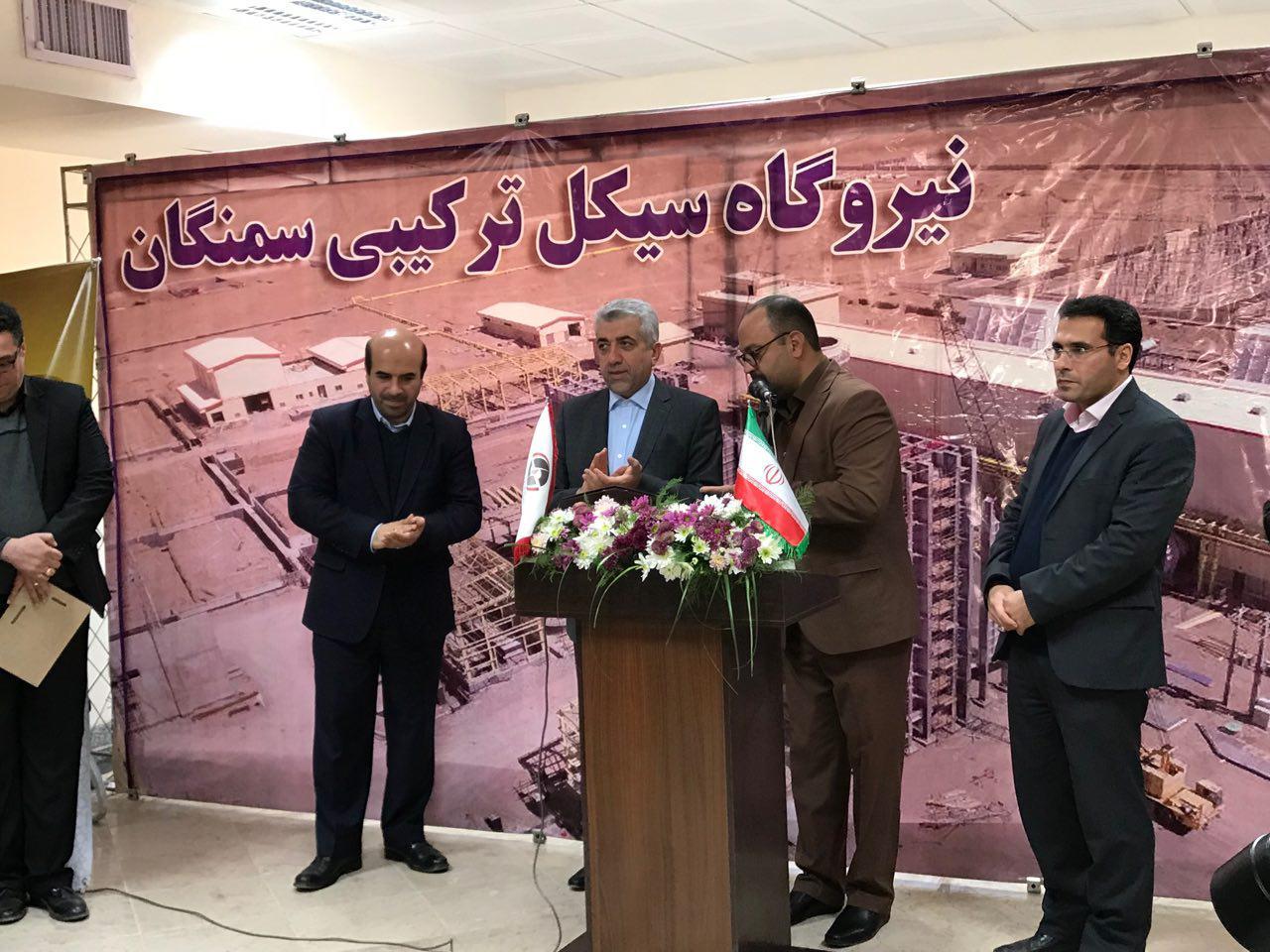A 492-megawatt combined-cycle power plant was inaugurated on Thursday in the city of Samangan in the central-eastern Kerman Province in a ceremony attended by Energy Minister Reza Ardakanian.
Speaking on the sidelines of the inauguration ceremony, Mehdi Khabbaz-Pisheh, director of privately-funded power plant projects in Thermal Power Plants Holding Company, said the Samangan power station became operational at an estimated cost of $375 million, IRNA reported.
According to Khabbaz-Pisheh, the 332-MW Gol Gohar Combined Cycle Power Plant in the city of Sirjan in Kerman Province, completed at a cost of $375 million, the 160-MW Taban Combined Cycle Power Plant in Yazd Province and the 459-MWAras Combined Cycle Power Plant in East Azarbaijan Province are also expected to come on stream in the near future.
“The Samangan and Gol Gohar ventures will add 824 MW of electricity to the national grid to improve the stability of power transmission in Kerman Province,” he said, noting that the ventures will not only help heavy industries in the region to thrive but also create much-needed jobs in the province.
Pointing to the financial resources, he noted that 70% of the Samangan Plant were funded by the National Development Fund of Iran and the private sector accounted for 30% of the total investment.
The official added that Meymand 400-kilovolt and Persia Steel 230- kV substations, both in Kerman, went on stream.
Ardakanian broke ground on several electricity generation ventures in the same province, namely Kahnouj 400- kV and Jiroft 400-kV substations.
Efficiency Improvement
According to Mohsen Tarztalab, the head of TPPHC, in the current fiscal year (started March 21), the company stepped up efforts to boost the efficiency of an unknown number of combined cycle powered plants from 35% to around 50%.
“The push will save over $170 million in production costs and curtail greenhouse gas emissions by 4 million tons a year,” he said.
On the critical issue of meeting peak hour demand in the fiscal 2018-19, Tarztalab said plans are underway to construct 20 stations to add 3,252 MW of new power capacity to the national network by May 2018.
The official said power plants with a combined production capacity of 3,000 MW are dilapidated, which should be phased out.
“To do so, we have devised several plans, but financial constraints impede progress,” he said.
Tarztalab stressed that every dilapidated power plant should be replaced with a modern one, otherwise the renovation plan will not come to fruition, referring to initiatives underway in Tehran and Sistan-Baluchestan provinces.
“Work on 160 MW of power capacity in the city of Zahedan and 1,034 MW in the capital Tehran have begun,” he added.
Pointing to other development plans, he said TPPHC is in charge of developing 7,000 MW of gas-powered units in Jahrom, Sabalan, Kashan, Urmia, Chabahar and Asalouyeh combined cycle power plants as well as completing Parand Power Plant south of Tehran.
Tarztalab said work is underway for Maku Power Plant Project in the eponymous trade zone in West Azarbaijan Province as well as Qeshm 2 and Bandar Abbas power plants in Hormozgan Province and Lamerd in Fars Province.
Almost 62,000 MW, or 80% of Iran’s 77,000-MW output, are generated from thermal plants that burn fossil fuels. In addition, 12,000 MW are derived from hydroelectric plants and 1,000 MW from the sole nuclear power plant in Bushehr.


